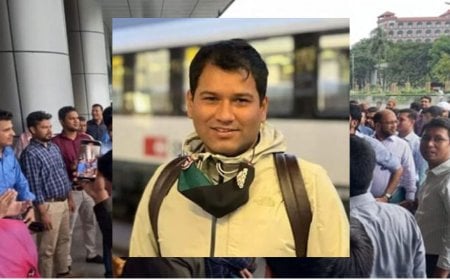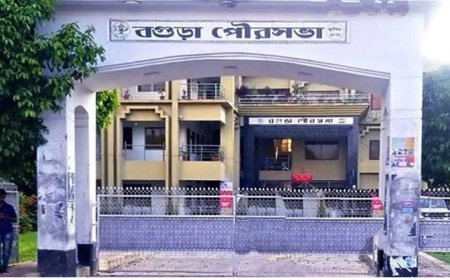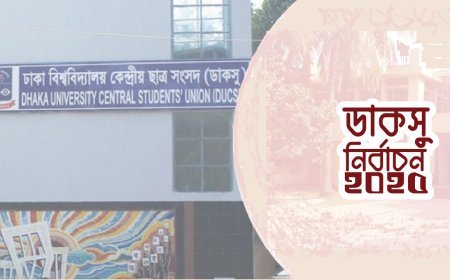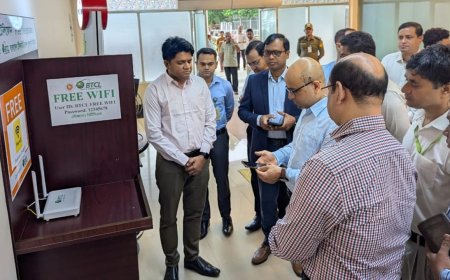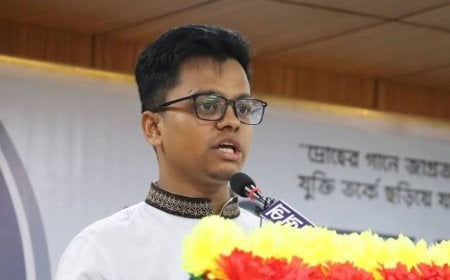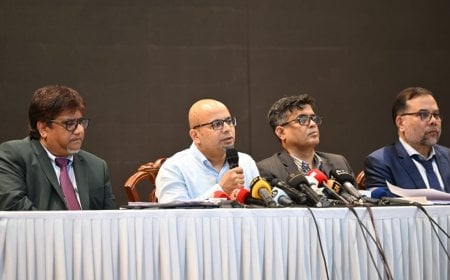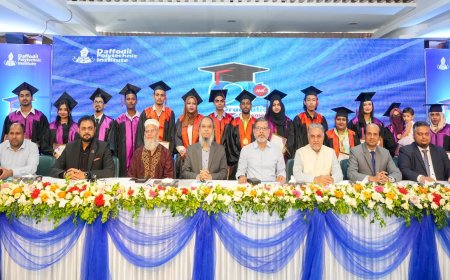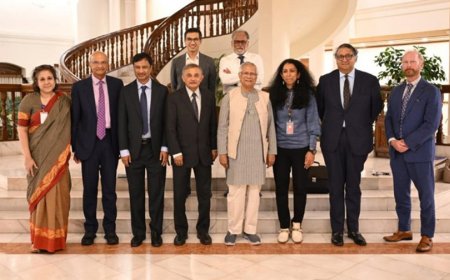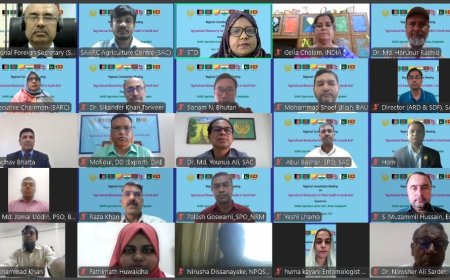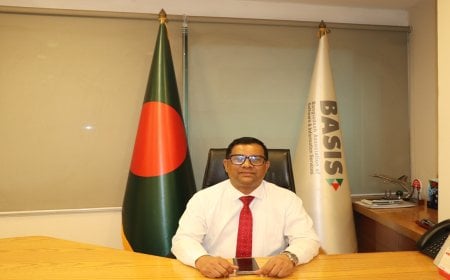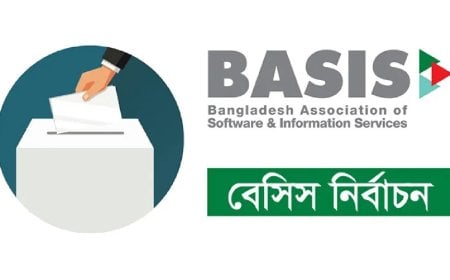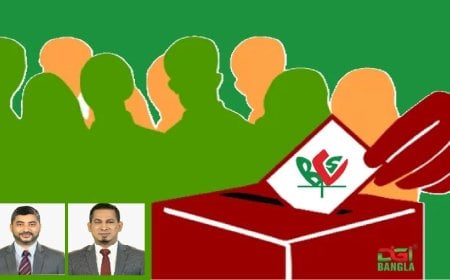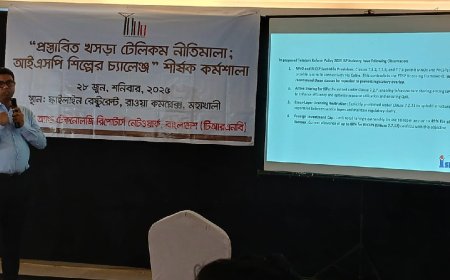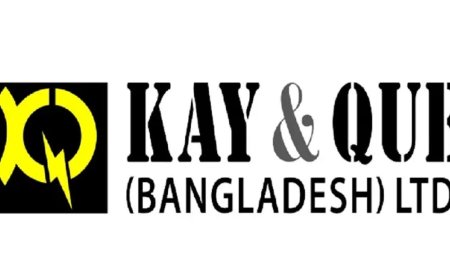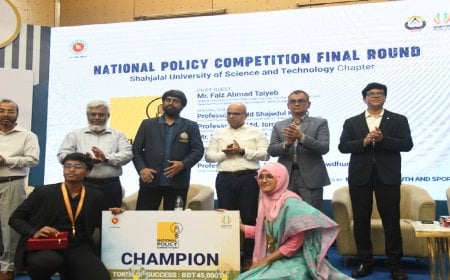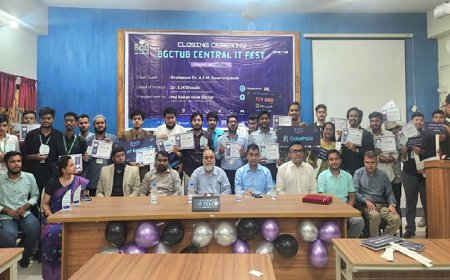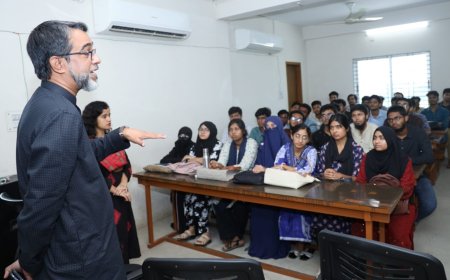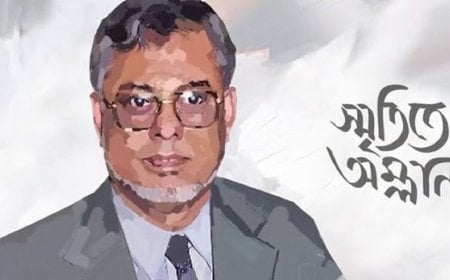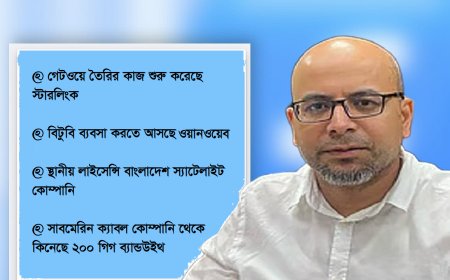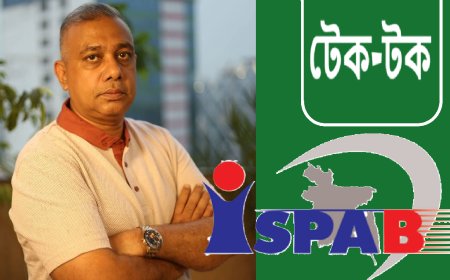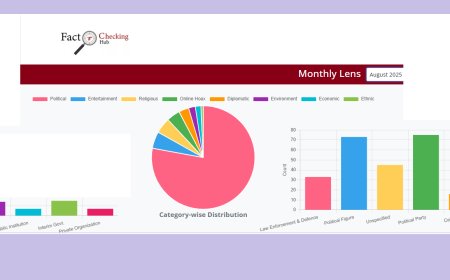Indian Media’s Misinformation Surge on Bangladesh: A 2024 Review

In 2024, Indian media outlets and social media platforms were found to disseminate 148 instances of misinformation or disinformation about Bangladesh across 32 issues. According to a report by the fact-checking platform Rumor Scanner Bangladesh, misinformation was spread by 72 Indian media outlets, averaging one false report every 2.5 days. Social media platforms like X (formerly Twitter), Facebook, YouTube, and Instagram also played a significant role in propagating these falsehoods, with the majority originating from X.
The misinformation peaked in July, following the mass uprising that led to the fall of the Awami League government, and again in August and December.
Key Findings of the Report
Rumor Scanner’s analysis revealed that 137 reports containing false information were published by Indian media across 32 issues. Of these, 102 reports were categorized as completely false, 42 as misleading, and four as distorted.

“Bangladesh has endured a year fraught with internal complexities and a deluge of misinformation from across the border,” the report stated. The analysis also highlighted that Indian media outlets were particularly active in spreading disinformation during August, following the change of government in Bangladesh, and again in December, surrounding the arrest of Chinmoy Krishna Das, a spokesperson for the Sanatani Jagaran Jote.
Platforms of Propaganda
X was identified as the primary platform for misinformation, accounting for 115 of the 148 instances of false information. Facebook followed, with over 50 cases of misinformation, while YouTube and Instagram were also notable contributors. These false narratives were viewed over 250 million times across platforms, according to the report.
Communal Disinformation Dominates
Of the 148 instances of misinformation, 115 were communal in nature. “The misinformation campaigns primarily portrayed incidents in Bangladesh with communal undertones,” the report noted. A common strategy involved misrepresenting Muslim victims of violence as Hindus or framing unrelated incidents as communal attacks in Bangladesh.

During the government transition in August, Rumor Scanner identified 51 communal falsehoods on X alone, which garnered over 15 million views. Many of these falsehoods were further amplified by mainstream Indian media outlets, including Asian News International (ANI), NDTV, Hindustan Times, Republic Bangla, and others.
Notable Patterns and Narratives
The report observed distinct patterns in the dissemination of misinformation:
- Misrepresentation of victims’ identities: Muslims were falsely portrayed as Hindus in communal violence narratives. At least 36 such instances were identified.
- Geographical distortion: Incidents from other countries, including India, were falsely attributed to Bangladesh.
- Political and communal conflation: Political violence was often framed as communal attacks.
- Fabricated narratives: False claims such as the banning of the “Joy Bangla” slogan, health issues of Dr. Muhammad Yunus, and the presence of Pakistani troops in Bangladesh were circulated.
Role of Indian Media and Political Figures
The report highlighted the role of Indian politicians and media in amplifying misinformation. BJP leaders, including Shuvendu Adhikari and Agnimitra Paul, were identified as contributors to the misinformation flow. Writers like Taslima Nasreen and editors like Nupur Sharma of OpIndia were also implicated.
Among media outlets, Republic Bangla led with 10 instances of misinformation, followed by Hindustan Times and Zee 24 Ghanta.

Strategic Disinformation Campaigns
The report identified eight major disinformation campaigns originating from India, including narratives around the arrest of Chinmoy Krishna Das, communal violence during Durga Puja in October, and other politically sensitive incidents.
Conclusion
The report underscores the rising trend of targeted misinformation campaigns against Bangladesh, particularly communal propaganda. It also calls for increased vigilance and collaborative efforts to combat cross-border disinformation, which has far-reaching implications for regional stability.




